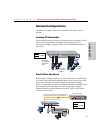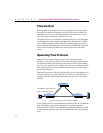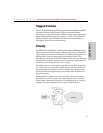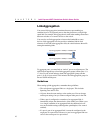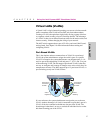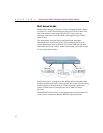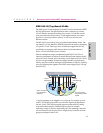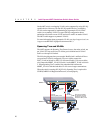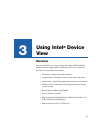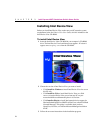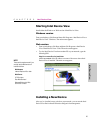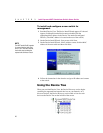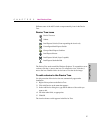
21
Using the Intel Express 460T Standalone Switch
CHAPTER 2
Using the 460T
GARP VLAN Registration Protocol (GVRP)
Because IEEE 802.1Q VLANs can span networks, managing changes to the
VLAN poses a challenge for network administrators. The GARP VLAN
Registration Protocol (GVRP) provides a dynamic mechanism for switches to
share topology information and manage changes with other switches. The
network administrator does not have to manually propagate VLAN
configuration information across switches.
GARP (Generic Attribute Registration Protocol) is defined by the IEEE
802.1D (1998 Edition) specification and is the mechanism used by switches
and end nodes to propagate VLAN configurations across the network
domain. GVRP uses GARP as a foundation to propagate VLAN
configurations to other switches. Devices that support GVRP transmit their
updates to a known multicast address that all GVRP-capable devices
monitor for information updates.
Sending GVRP messages between switches accomplishes the following
tasks:
• Dynamically adds or removes a port from participating in a VLAN.
• Sends updates about the switch’s own VLAN configuration to
neighboring GVRP-capable devices.
• Integrates dynamic and static VLAN configurations within the same
switch. Static VLAN configurations are created by the user on the
switch for devices that don’t support GVRP.
Note: dynamically created VLANs are not saved in the switch’s memory.
When the device sending out the GVRP updates is disabled or rebooted, the
dynamic VLAN is removed.



